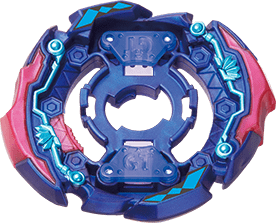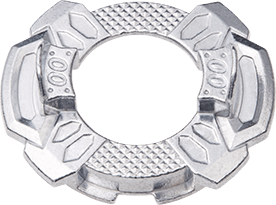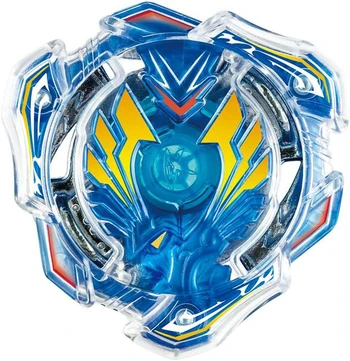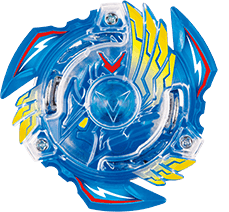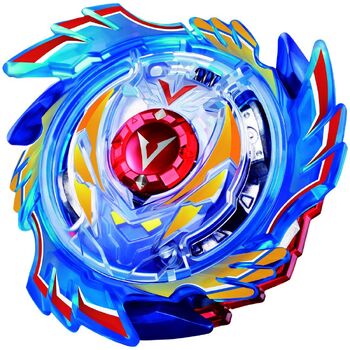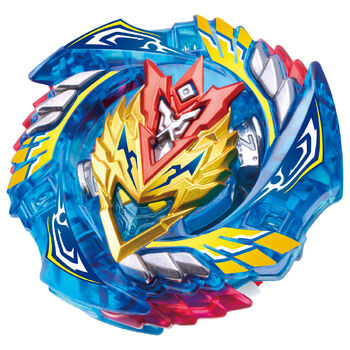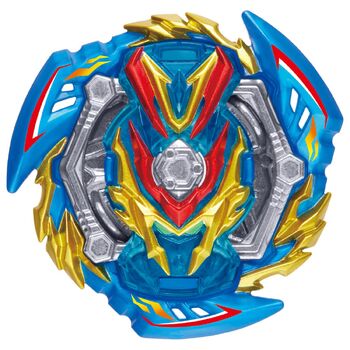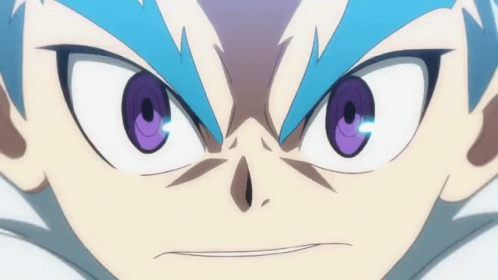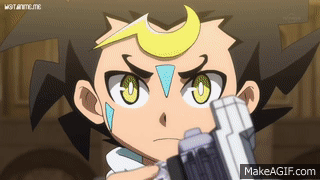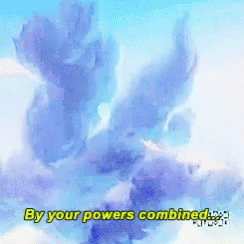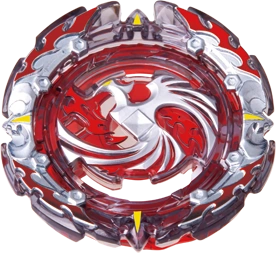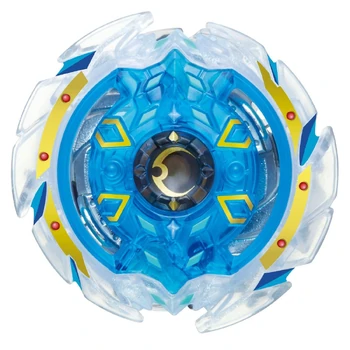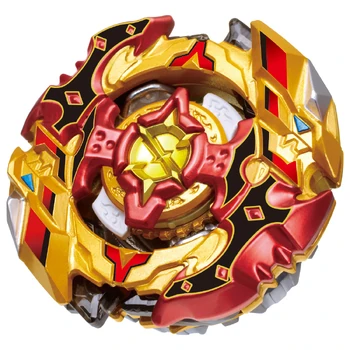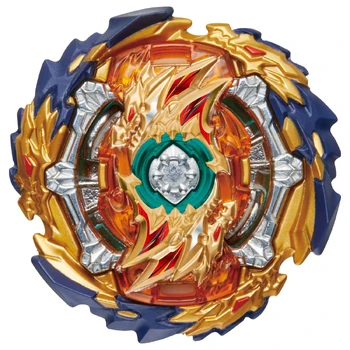Hey Bladers! I
haven't been making posts here in a while due to being busy outside of the
blog. I'm still going to continue with this and see where it goes, as I
liked presenting ideas and receiving feedback from those who read.
However, it looks like Burst is nearing its end with Sparking though we are not
sure if that's truly the case yet. Once Burst ends, I do intend to continue the
blog if I have ideas for it, and I might even switch up topics to maybe cover
older beyblade incarnations or shift to another product, but I'll inform you
if/when it comes to that. Additionally, as we are well into Beyblade Burst
Sparking, I will be going through some of my older posts and making updates as
I see necessary, so feel free to take a look and leave a comment if you want me
to cover anything or respond directly to a question you may have related to the
post. Once again, thanks to those that continue to provide their support and I
hope you continue to enjoy my blog.
One of the reasons I find beyblade enjoyable is due to it being accessible for almost any price range. Collectors can invest in the long term and build their way up from starters to rare editions of their beys and have multiple copies for playing with some and showcasing others. More competitive players can find forums and secondary markets to find the best molds possible, and can also invest in multiple copies to test these molds on their own. While there are ways to dive into the market for players with the money to spend, beyblade is fairly cheap to get into and invest in the long term.
In the simplest terms, budgeting means that you have set aside a specific amount of money to spend for a specific expense. Budgeting is a necessity for most people since you want to get the most value for whatever you choose to invest in and make sure that you have money for other needs or wants you may have. I would personally define that value as getting the most enjoyment out of the game as possible with the budget you have given yourself. In broader terms, however, I'm going to give the average monetary budget a range starting from roughly 50-100$ USD, which you can convert into your respective currency. This is roughly the amount I would say is needed to get into the game from scratch, buying either two beyblades to battle with, two launchers, and a beystadium, or a starter set that comes with all the items previously stated.
For budget purposes, you would want to avoid having to re-buy certain beys or parts that have worn down beyond an optimal or usable condition. Therefore, getting beys that don't need to be kept in mint condition or have to get to a certain stage of wear for optimal use lets you save money in the long runs since you'll be able to focus more on expanding the collection with new parts over repeats more often. This one generally applies to parts that use rubber since it wears down faster than any other material, but it also applies to parts made of POM since it will wear down as well. Concerning types, that would take out a lot of attack options since most use rubber tips to cover the stadium quickly. However more recent rubber molds are made of a harder material that doesn't wear out as quickly, so it's possible to keep it for longer if you maintain it well.
To save on money
you can minimize how often you use those parts so that you can keep using them
over a longer period of time. That also applies to any part in general since it's
when you use the bey that it will begin to wear down. Keeping your parts
separate when you aren't using them also helps them last longer, and organizing
them in a container will help you have a spot to use outside of your stadium
maintaining its condition as well.
While there are a variety of parts to consider for testing and making interesting combos, on a budget you're probably not going to be able to try anything and everything, and thus whenever you want to add to your collection, it's important to consider what will either make what you already have better or make up for weaknesses your current collection has. Firstly, this doesn't mean you can't choose something you genuinely want even if it doesn't synergize with what you already own. If you like something then, by all means, go for it, it's your money after all and therefore you have the final say.
But as an example,
let's say that you're starting with Brave Valkyrie and Rage Longinus and that you want to add some more
beys after losing to a friend who was able to make Perfect Phoenix from
both Revive and Dead Phoenix. Since it was a defense type
that beat your attack types, one option is to consider purchasing a stamina
type as an attempt to directly counter the combo or use heavier parts to
increase the impact of your attack types. Obtaining Glide Ragnaruk would allow you to experiment
with both options since the wheel disk is the heaviest in the game which you
can use with 1S on either of the beys you already own, while with Revolve you
can test stamina based combos as well. Thinking critically about what you purchase
based on what you already have can help you make decisions that will satisfy
you in the long run, while also ensuring that you develop a good pool of parts
that will let you build more successful combos.
One of the most important things for developing any hobby is to find motivation for it beyond your initial interest. To that end and for the sake of a budget, having a set of goals you want to accomplish can go a long way to finding more enjoyment with what you currently have to avoid the temptation of going outside your budget to constantly look for something new. These goals should also be manageable for yourself and your current collection so that you will have a more positive outlook towards accomplishing these goals, and reflecting on what you have learned to do since you started investing in the game.
Goals for yourself would be things like developing techniques and figuring out customization options with your current collection and don't require anything beyond what you have currently to apply what you've learned, and you can apply these goals in the long term based on however you build your collection from there. Goals for your collection would again be something like identifying shortcomings in your collection, or for fun trying to collect based on a theme like color or materials. This goes a long way not just for beyblade, but any hobby you choose to get into. Setting these goals either in a list or as milestones as you start getting into the hobby can help make it more enjoyable as it lets you more clearly track your progress in the game.
Budgeting is quite
fun and rewarding once you figure out how to go about it since you're
simultaneously finding a way to do the things you enjoy and also manage your
money to do other things as well. Whether it's going to be a long term plan to
stay invested in a hobby at a reasonable price, or a stepping stone until you've
earned enough to spend more liberally, learning how to operate on a budget is a
good skill to pick up at some point, and with these tips and other ideas you
may have or may encounter, I hope you'll be able to enjoy the game at whatever
price range fancies you.



